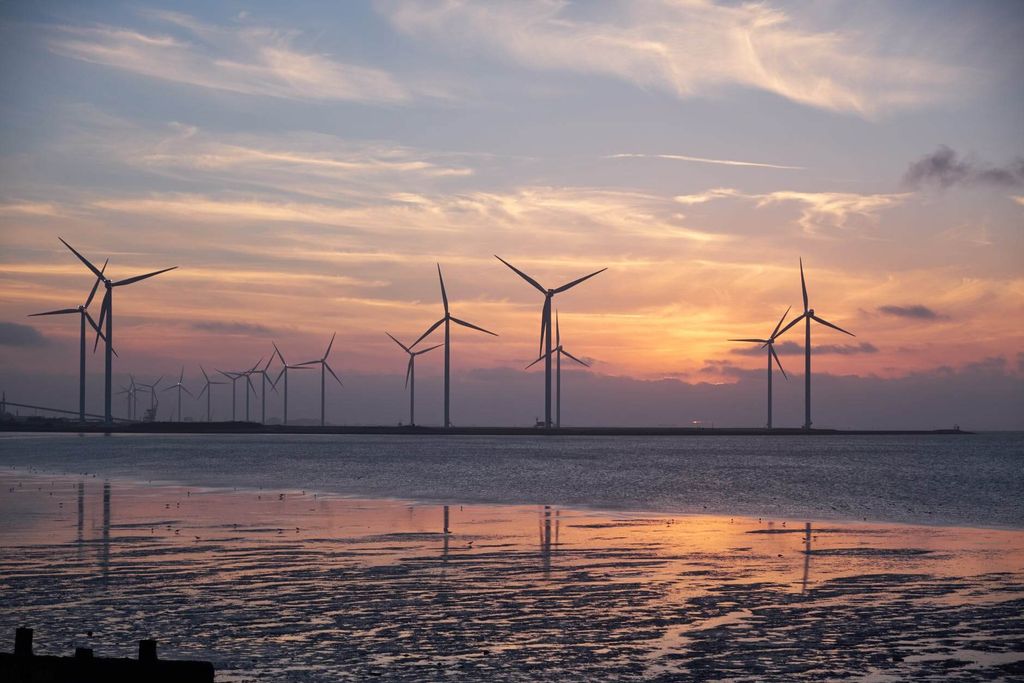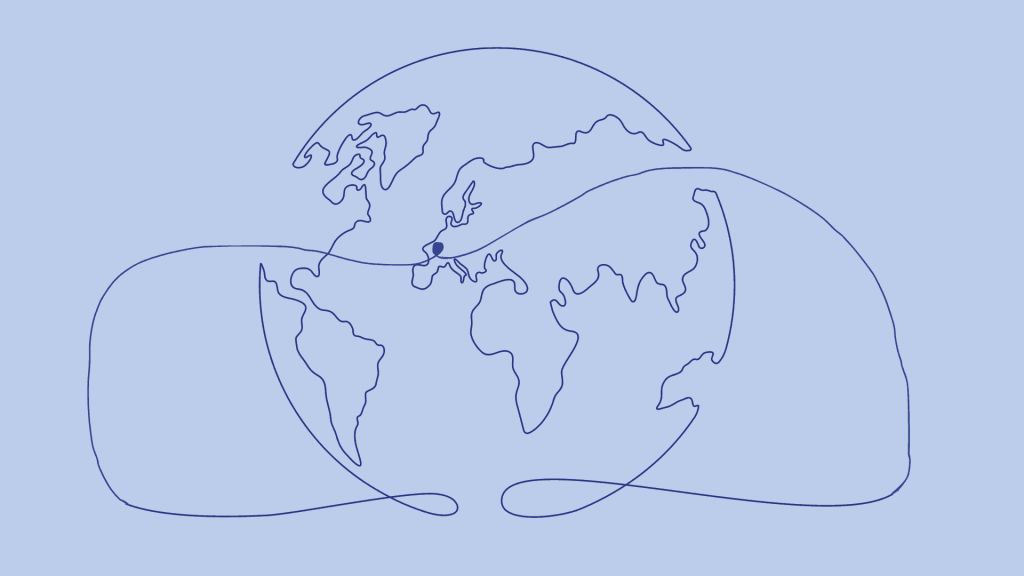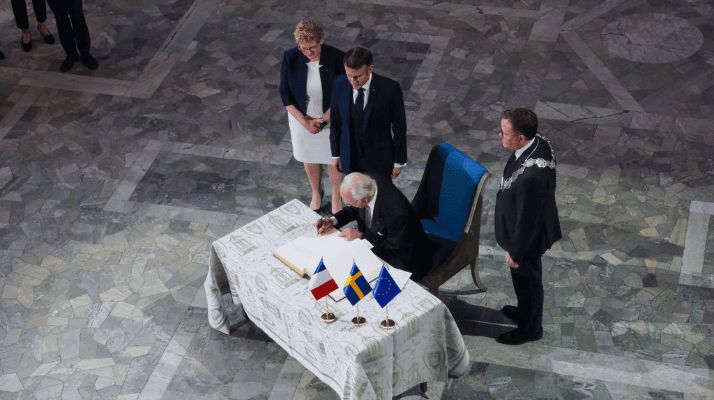- Market Info
Wind power: a common ground for France and the Nordics, an opportunity for investors

The impressive increase in France’s wind farm capacity in 2017, with a record number of 103 new power connections throughout the year (i.e. 10.8 % of the all new installations in Europe, France Energie Eolienne[1]), is the occasion to look back at the synergies between France and Nordic countries in the wind sector.
France and its Nordic neighbors are indeed all ranked high in European barometers for wind power capacity, attesting from their shared ambition to lead the energy transition.
In 2017, France is #4 European country for its installed wind power capacity, followed by Sweden (#6) and Denmark (#7). In terms of wind power capacity per inhabitants, Nordic countries are doing best in Europe: Denmark is ranking #1, Sweden #3, Finland #7 (EurObserv’ER 2018).
Wind power indeed already has a foothold in Sweden and Denmark, and is gaining ground in Finland where the government is targeting a 50% share of emission-free renewable energy for 2030, relying mainly on wind power. Norwegian government also announced that wind power would become “an increasingly important part of the global energy mix”[2] and plan to invest nearly 15 billion euros on all grids before 2025.
France is also betting on wind capacity to catch up with European countries, with the ambition to reach a share of 23% of renewables in its energy mix by 2020, and 32% by 2030. France indeed aims at raising its onshore wind power capacity from 15 000 MW in 2018 to 26 000 MW in 2023, along with its offshore capacity from 500 MW to 3 000 MW over the same period (EurObserv’ER[3] annual overview barometer). And the 2017 outlook is aligning with this target as national wind farms coverage have increased by 23% (Wind Europ).
Beyond governmental engagements to support and fund the development of wind farm, businesses also commit to advance green energy and wind power. In the Nordics especially, businesses engage to develop synergies bolstering wind industry. As an illustration, the Swedish giant IKEA adopted since 2012 a new sustainability strategy, both engaging to invest in renewable energy and wind farms and to help customers do so. In Norway, wind power is a significant energy supplier for the industry. For instance, Alcoa engaged to buy wind energy from Tromsø wind farms to power its aluminium plant in Mosjøen, and Norsk Hydro to buy energy both from Norwegian wind farms in Fosen and Swedish wind farms.
As wind power is expected to become the first source of renewable energy in Europe by 2020, before hydro power, the challenge of multiplying the capacity of wind power in France and the Nordics is therefore an opportunity for investors and wind farms developers.
Nordic industrial giants, such as the manufacturer Vestas, ranked #1 world supplier of wind turbines in 2017 (FTI Intelligence), as well as big investors in wind energy, such as Statkraft, OX2, Eolus Vind, can therefore see opportunities to expand in the European market, and especially in France.
France is committed to bolster its wind power capacity and to catch up with its Nordic neighbors. As the government announced a 7 billion euros investment plan to increase national production in renewable energies, including wind power, France is indeed an attractive market for foreign wind farms producers and for investors willing to advance energy transition. As an illustration, the new asset finance in the French wind energy sector amounted 1 billion euros in 2017, and have been constantly increasing since 2012 (Wind Europe[4]). Floating offshore wind parks especially are the new attractive sector for foreign investors.
To consult the EurObserv’ER barometer: www.eurobserv-er.org/17th-annual-overview-barometer/
To know more about French policy for energy transition: www.makeourplanetgreatagain.fr/
[1] France Energie Eolienne is the French association speaking for the professionals of the wind industry.
[2] https://www.regjeringen.no/no/aktuelt/wind-power-in-norway-post-2020/id2588446/
[3] EUrObserver’ER is a barometer measuring the progress of renewable energies by sector and in each member state of the EU.
[4] Wind Europe is an association of wind sector industrials, researchers, suppliers, and other wind-related professions, gathering over 450 members across Europe.





